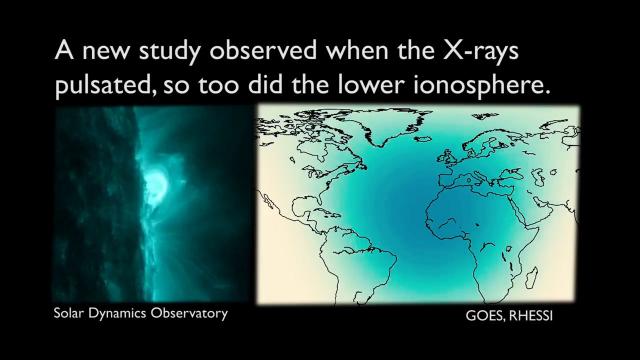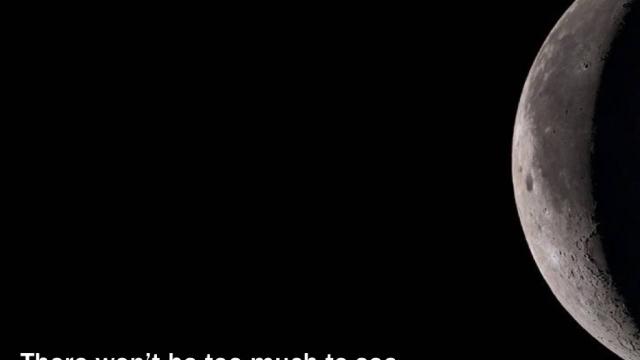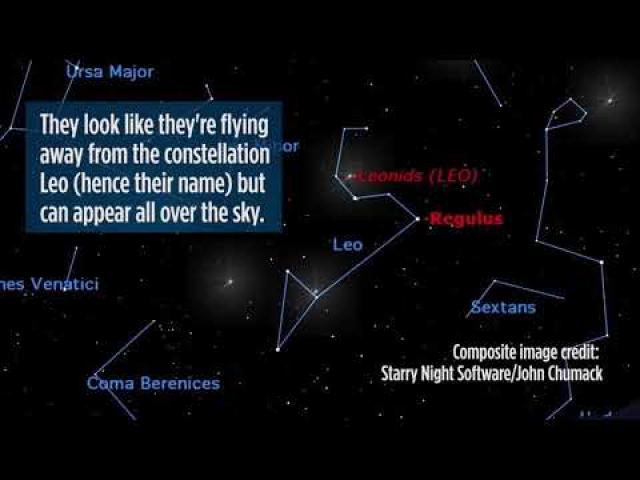Outer Space & Universe
Outer Space & Universe
Space, also known as outer space, is the near-vacuum between celestial bodies. It is where everything (all of the planets, stars, galaxies and other objects) is found.
On Earth, space begins at the Kármán line (100 km above sea level). This is where Earth's atmosphere is said to stop and outer space begins. This is not a firm boundary but is a convention used by scientists and diplomats.
Items in space are free to move back and forth; up and down; and left and right. These three dimensions are what make 3D space. Items also move forward through time, which is sometimes called the fourth dimension.
The majority of space contains very little matter and so most of it is a vacuum. Scientists do not know how big space is but we do know that space is extremely big, and is always expanding.
According to the big bang theory, all matter and energy in the Universe was compressed into a very small space. Then it exploded and started expanding. Space is still growing in size today; this means the distance from one galaxy to distant galaxies is getting longer.
Gravity is the force that keeps the Moon in orbit around the Earth and the planets in orbit around the Sun. Gravity can stretch and bend space similar to how a heavy ball placed on a stretched sheet of rubber will cause the rubber to stretch. The scientist who discovered that space can bend is named Albert Einstein. How gravity bends space is part of his theory of general relativity.
Astronauts, Cosmonauts, Taikonauts and Spationauts
An astronaut is any person who is trained by NASA to travel and perform tasks in space. Although the space traveler may not necessarily be a United States citizen, each astronaut does go through a rigorous training regiment by the National Aeronautics and Space Administration. Other space travelers go by other names then astronaut depending on their country of origin.
In the United States, astronaut is derived from the Greek words ástron (star) and nautis (sailor). While, in Russia, a space traveler goes by the name космонавт (English: cosmonaut), which is derived from the Greek words kosmos (universe) and nautis (sailor). Westerners call a space traveler from China a taikonaut, based on the 1998 writings of Chiew Lee Yik and Chen Lan where the term tàikōng (great emptiness), Chinese for “space”. In China, the term yuháng yuán (universe navigator) is used for space traveler.
Only the United States of America (United States), Russia (earlier, the Union of Soviet Socialist Republics), and the People’s Republic of China (China) have sent manned spacecraft into space. Other countries have assisted these countries by sending their own space travelers on space missions. For instance, a French space traveler is called a spationaut (from the French word spationaute), which is derived from the Latin spatium (space) and Greek nautis (sailor). (plural in Greek nautes = sailors)
-
01:00

What Does a Solar Eclipse Feel Like?
Added 647 Views / 0 LikesWhat Does a Solar Eclipse Feel Like?
-
01:43
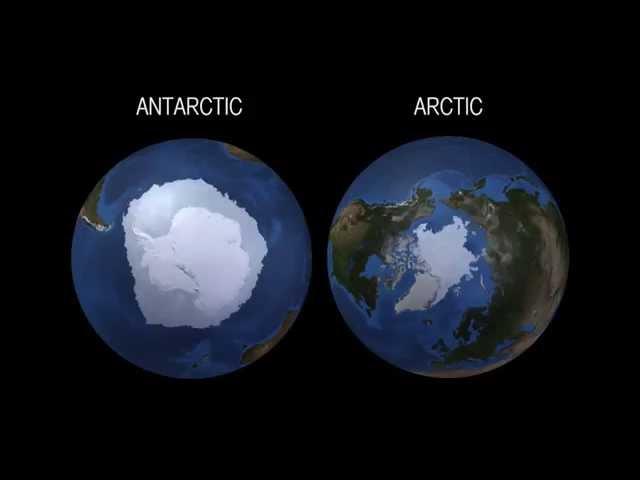
What Does Record-High Antarctic Sea Ice Say About Climate Change? | Video
Added 801 Views / 0 LikesWhat Does Record-High Antarctic Sea Ice Say About Climate Change? | Video
-
03:59
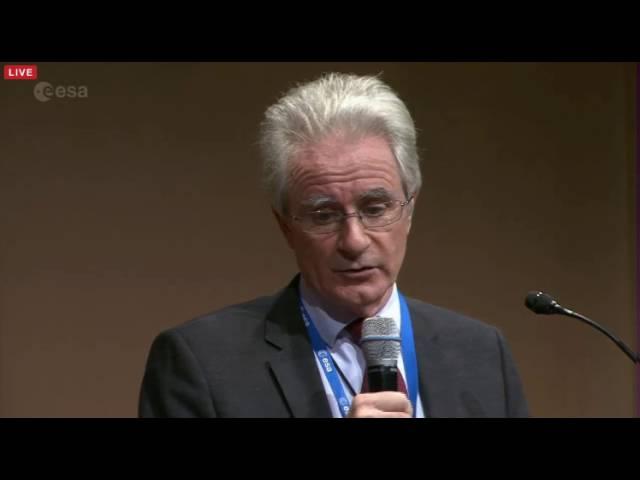
What Happened to Europe's ExoMars Lander? - What We Know | Video
Added 668 Views / 0 LikesWhat Happened to Europe's ExoMars Lander? - What We Know | Video
-
01:42
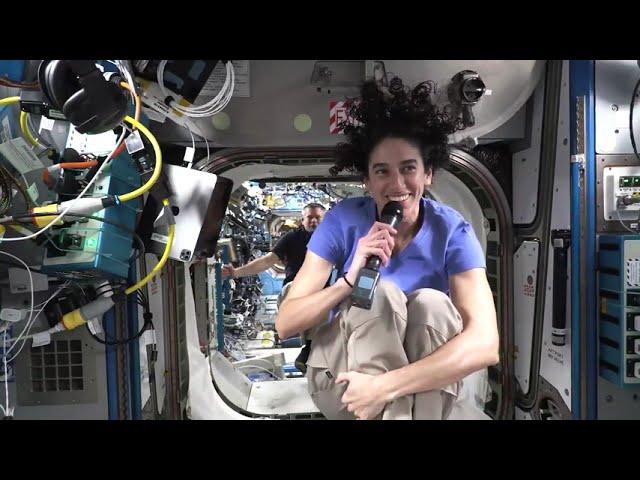
What happens to astronauts during space station reboosts? Crew demonstrates
Added 110 Views / 0 LikesInternational Space Station crew members demonstrate their motion during a recent reboost of the oribal outpost. NASA astronaut Jasmin Moghbeli explains. Credit: NASA / Jasmin Moghbeli
-
03:42
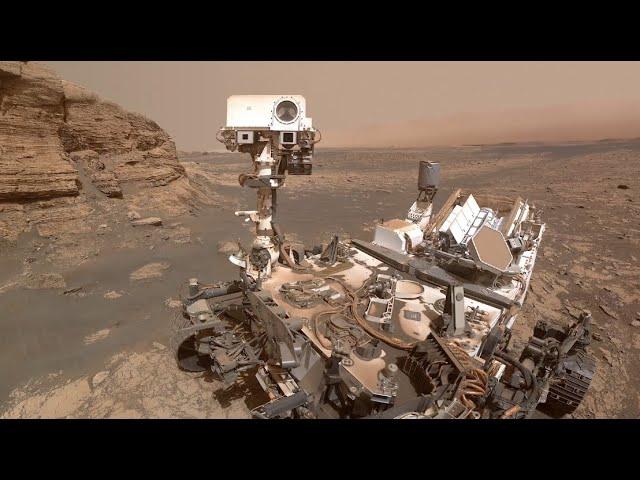
What has Curiosity learned about Mars in 10 years since landing?
Added 176 Views / 0 LikesThe Curiosity rover landed on Mars on Aug. 6, 2012. NASA highlights some of the discoveries it has made on the Red Planet. Full Story: https://www.space.com/curiosity-mars-rover-10-years-of-scienceCredit: NASA/JPL-Caltech
-
02:12
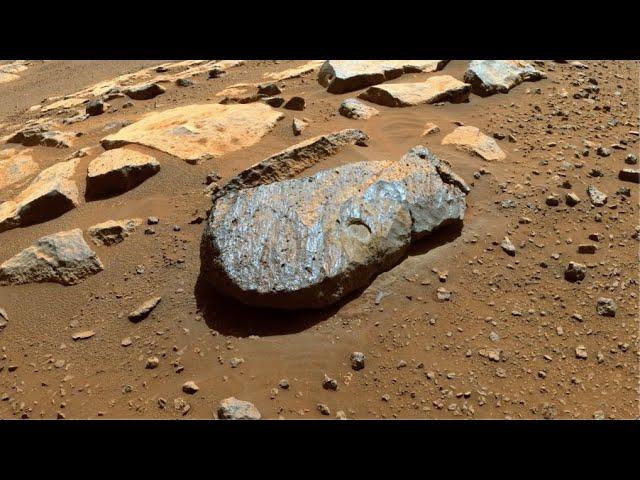
What has Perseverance's SHERLOC instrument told us about Mars rocks?
Added 252 Views / 0 LikesNASA Perseverance rover science team member Eva Scheller talks about SHERLOC (Scanning Habitable Environments with Raman & Luminescence for Organics & Chemicals) and what it has discovered so far on Mars. Credit: NASA JPL-Caltech
-
04:42
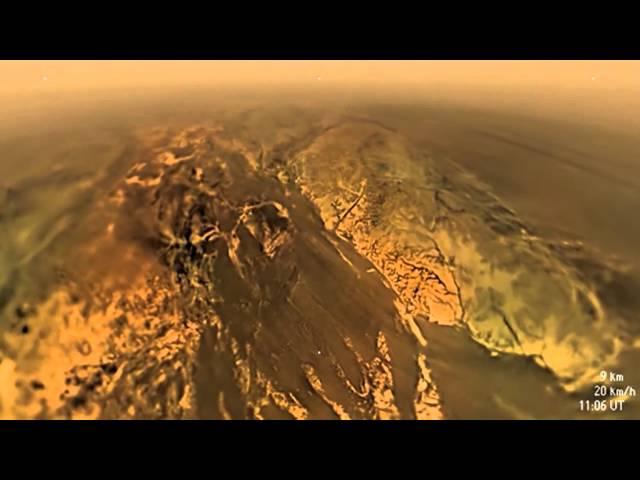
What Huygens Saw On Titan - New Image Processing | Video
Added 742 Views / 0 LikesWhat Huygens Saw On Titan - New Image Processing | Video
-
15:26

What I Need*: an un-PC late night ramble of weakness
Added 374 Views / 0 Likeswarning: content may be offensive, buddy.this energy sucks.God bless everyone,T LEWISON5430 BIRDWOOD RD. #416 HOUSTON TEXAS 77096WWW.PAYPAL.ME/THORNEWS www.venmo.com/TEric-Lewison $THORnews on CashApphttps://www.patreon.com/thornews
-
03:38
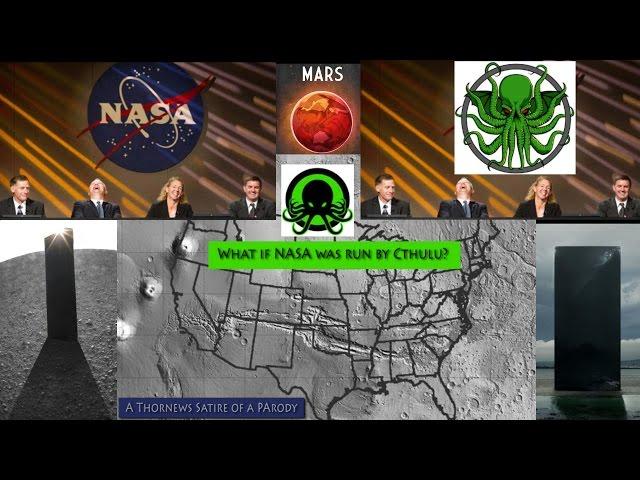
What if NASA was run by Cthulu? A hypothetical Video.
Added 689 Views / 0 LikesWhat if NASA was run by Cthulu? A hypothetical Video.
-
00:55
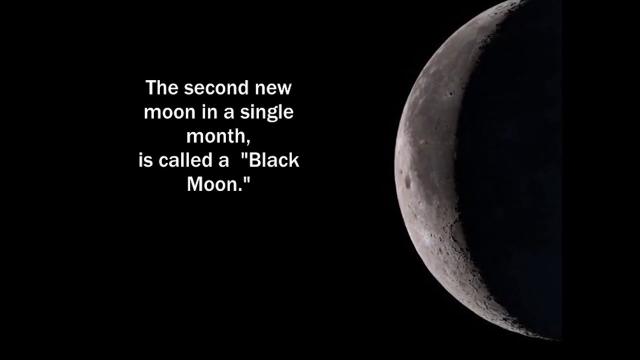
What is a 'Black Moon'?
Added 280 Views / 0 LikesThe second new moon in a single month is known as the Black Moon. It occurs about once every 32 months. Find out more here: https://www.space.com/34162-black-moon-guide.html
-
01:45
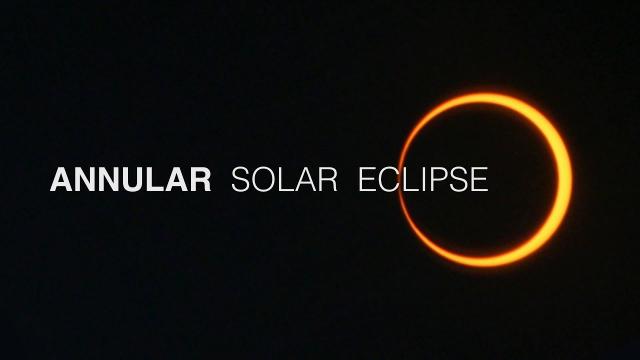
What is a 'ring of fire' annular solar eclipse? NASA explains
Added 146 Views / 0 LikesNASA explains how a 'ring of fire' annular solar eclipse occurs and how it differs from a total solar eclipse. WARNING: People should always use protective solar eclipse eyewear when viewing a solar eclipse.Here is everything you need to know about the an
-
01:55
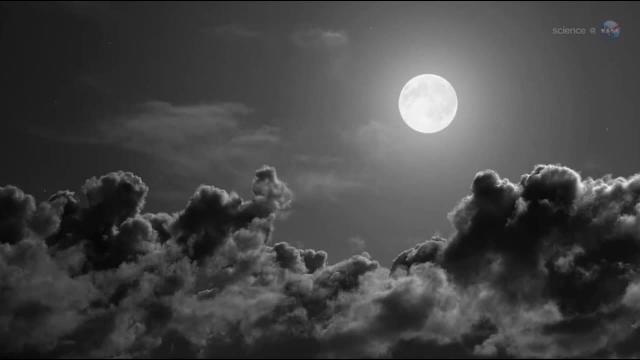
What is a Harvest Moon? NASA explains the science
Added 203 Views / 0 LikesMoonrise for several days around the time of the full moon closest to the autumnal equinox occurs nearly at sunset. Before artificial lighting, this gave farmers extra time to cut and move ripened crops. Harvest Moon Guide: https://www.space.com/33790-har
-
01:20
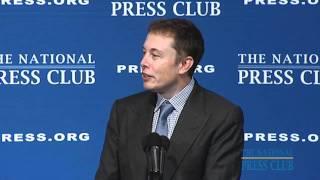
What Is The Business Model For Mars? Elon Musk
Added 518 Views / 0 LikesVisit: http://www.spacex.com/ for more information on SpaceX, Dragon, Falcon 9, Falcon Heavy, reusable rockets, grasshopper, Mars, upcoming rocket launch, or Elon Musk. SpaceX CEO & Chief Designer Elon Musk discusses the future business model for Mars. Fi
-
08:21

What is the Plan? Bad Endgames. Nation vs. Nation. Corporation vs. Corporation. Man vs. Man.
Added 377 Views / 0 LikesThese strange days are crazy and unstable all across the globe as we ride into a Wild Eclipse Retrograde July. We are all in this together. Team Earth needs to pull its head out of its ass and get it in gear. all this abundance is a test. Let peace rule.
-
13:08

What is the worst thing that could happen if we all worked together?
Added 424 Views / 0 LikesIt's getting close to eclipse season, y'all.God bless everyone,T
-
20:44
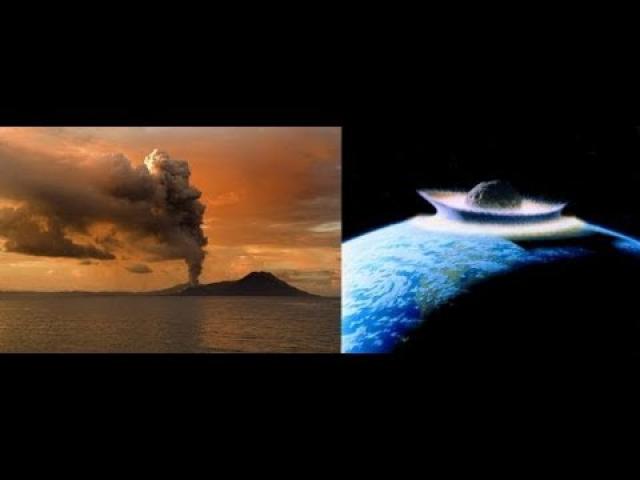
What killed the Dinosaurs? Volcanoes? Asteroid? Both? or None of the Above?
Added 404 Views / 0 LikesThe World is a crazy place.God bless everyone,Thttps://www.paypal.me/THORnewsthe articlehttps://www.universetoday.com/141611/massive-volcanic-eruptions-66-million-years-ago-happened-almost-exactly-when-the-dinosaurs-died-off/Everyone knows an asteroid str
-
02:09
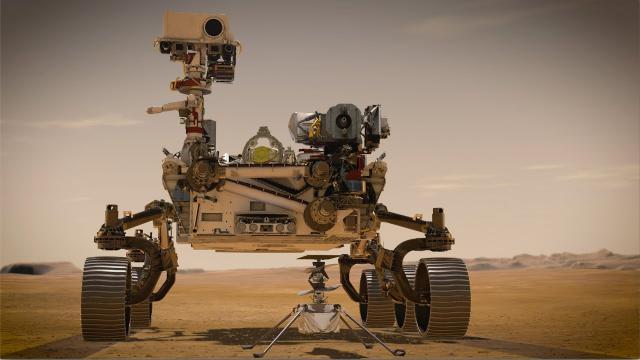
What kind of life on Mars will Perseverance look for?
Added 181 Views / 0 LikesNASA's Deputy Project Scientist Ken Williford for the Mars 2020 mission talks about the type of life Perseverance will be looking for in Jezero Crater. Credit: NASA

